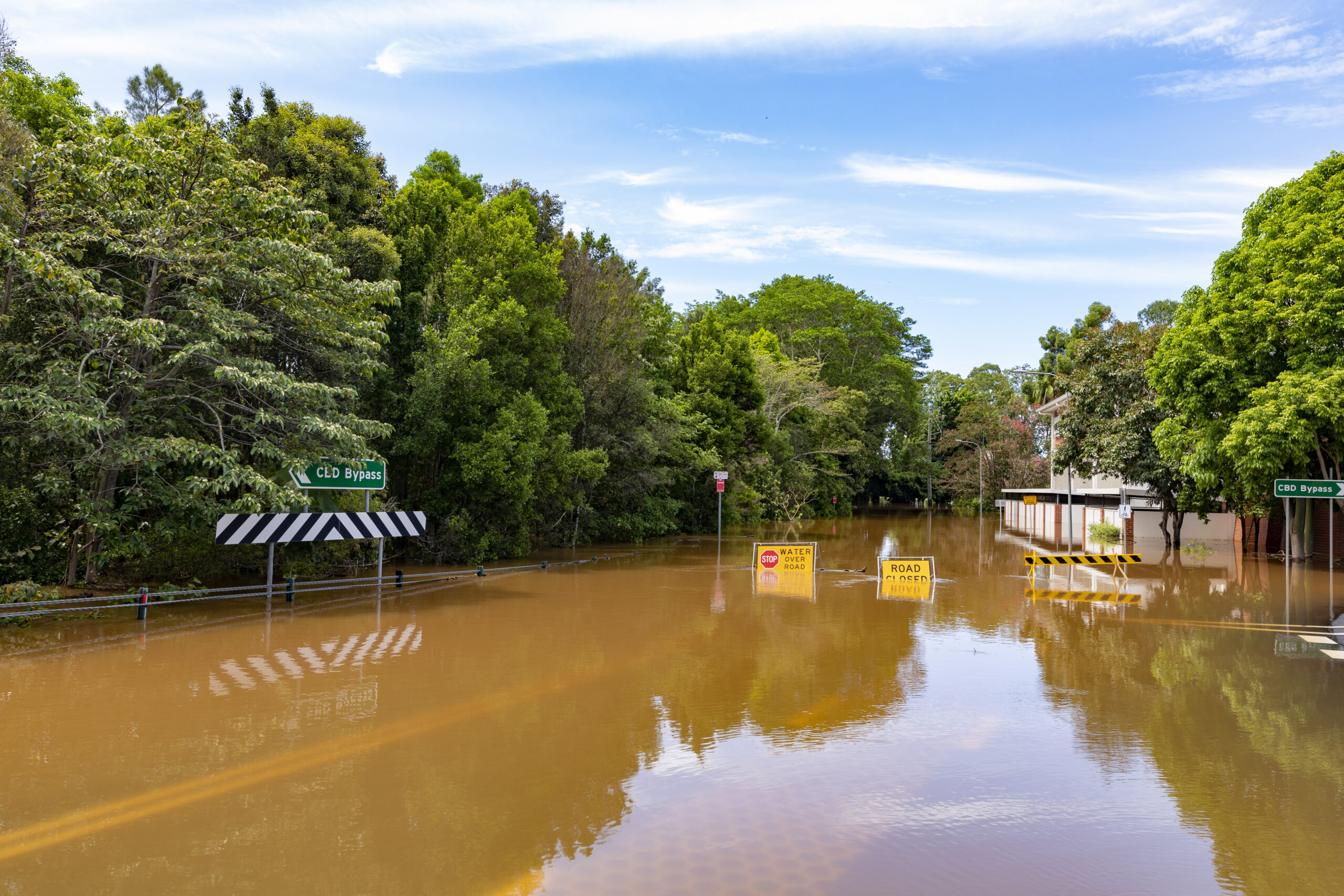This blog is the second installment in a series where our property experts highlight recent claims. In part two, we discuss a flood catastrophe. Stay tuned for the third blog focused on a commercial fire, which is coming soon.
Claim details
In 2022, Lismore experienced a catastrophic, record-setting flood where levels reached 14.4 meters — causing immense devastation to homes, businesses and the lives of over 31,000 people. Sedgwick was tasked with handling a substantial volume of high-profile claims and safeguarding critical community assets, such as churches, schools and council properties.
Understanding key issues
The Lismore flood posed several formidable challenges. The sheer scale of damage made it difficult to assess the extent and commence recovery efforts. Disrupted local infrastructure impeded the access of emergency services and aid workers, compounded by a second flood event that forced a restart of cleanup and mitigation work.
Moreover, many families and businesses faced severe hardships, with homes and livelihoods lost, and basic amenities like water and electricity unavailable. The complexity, time-consuming nature, and high cost of recovery efforts loomed large.
Responding to the challenges
Sedgwick promptly initiated a comprehensive response plan, collaborating closely with state and federal governments, the Insurance Council of Australia, communities and businesses. Our approach consisted of nine priorities:
1. Activation of major event response plan: Sedgwick leveraged its preparedness plan for major events.
2. Client relationship management: Close cooperation with insurers, including the New South Wales state government, to understand claim volumes and specific requirements.
3. Robotic process automation: Utilised to expedite claim registration, enhancing accuracy and efficiency.
4. Commercial property triage: Prioritised major and complex losses, high-profile claims, significant community assets, and vulnerable customers.
5. Commercial technology: Employed field force technology to ensure consistent data gathering, generating automated reports and site notes.
6. Digital first: For low-value commercial property claims, Sedgwick assessed and settled claims from their desks, ensuring speedy resolution.
7. Advanced technology: Utilised drones and satellite imagery for rapid damage assessment.
8. Global deployment: Leveraged global resources, mobilising 50 adjusters from around the world for up to six months.
9. Mentoring and peer review: First reports reviewed by property leadership team and executive adjusters.
Meaningful outcomes
Sedgwick’s intervention led to significant outcomes. Our extensive reach and influence proved invaluable in supporting clients and customers. Not to mention our high level of engagement with local communities and Aboriginal organisations. Prioritising and understanding community needs was essential before assessing the claims. Utilising cutting-edge technology was another factor that allowed adjusters to provide critical information swiftly to emergency services and aid workers, supporting targeted resource allocation.
Following the Lismore floods, Sedgwick’s dedicated team tirelessly supported affected families and businesses — offering financial assistance, insurance claim guidance and empathy throughout the recovery process. Their swift response exemplifies the significance of disaster management planning in expediting recovery efforts, rebuilding communities after natural disasters, and making a positive impact during challenging times.
Stay tuned for the third blog in this series where our experts will highlight a recent commercial fire.

